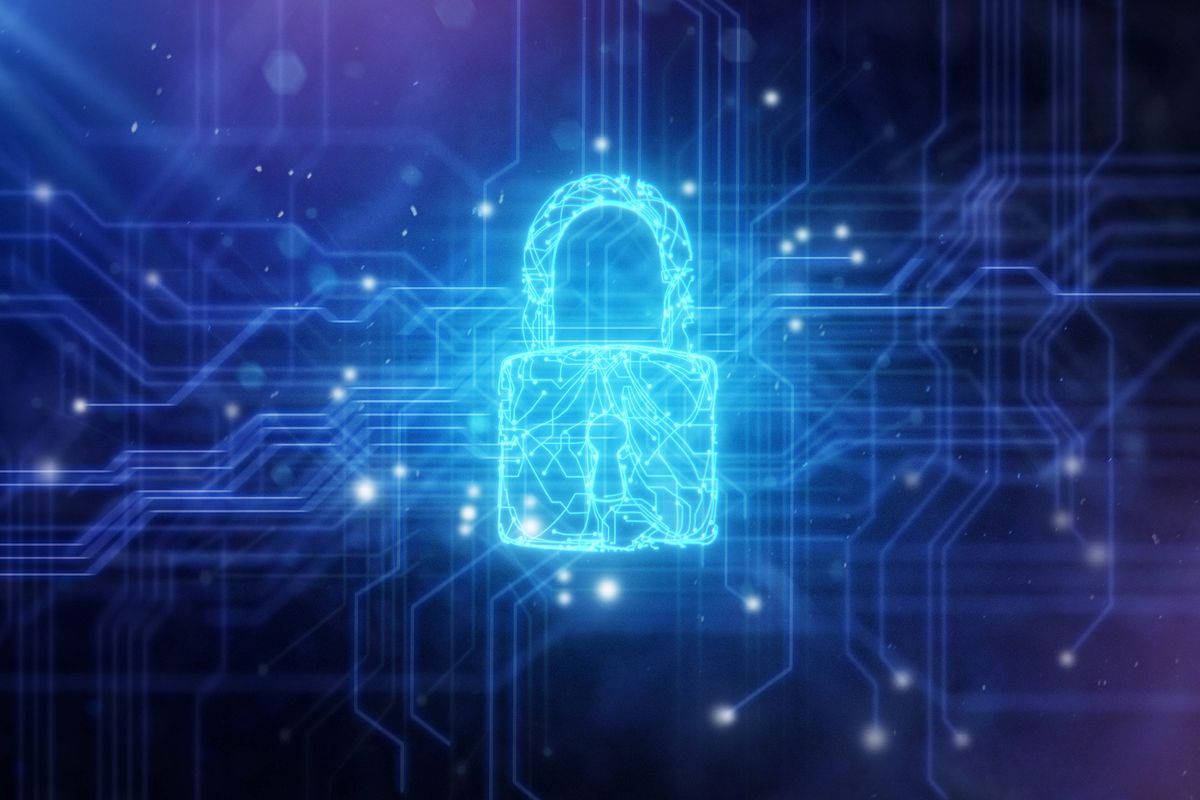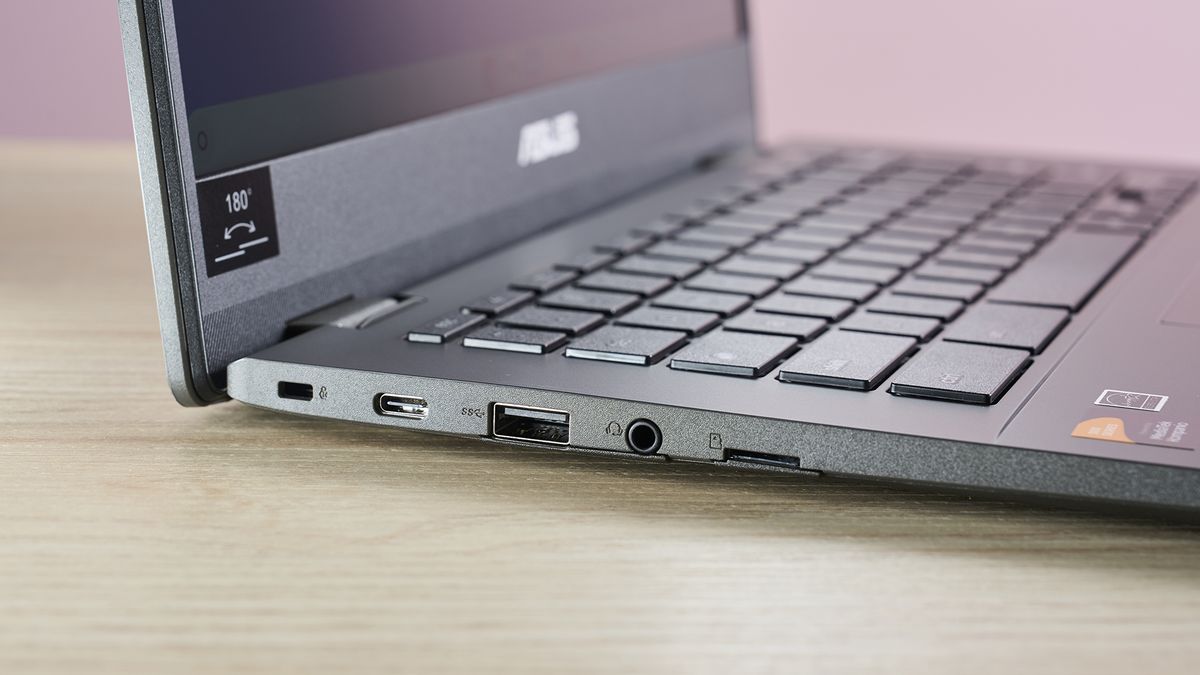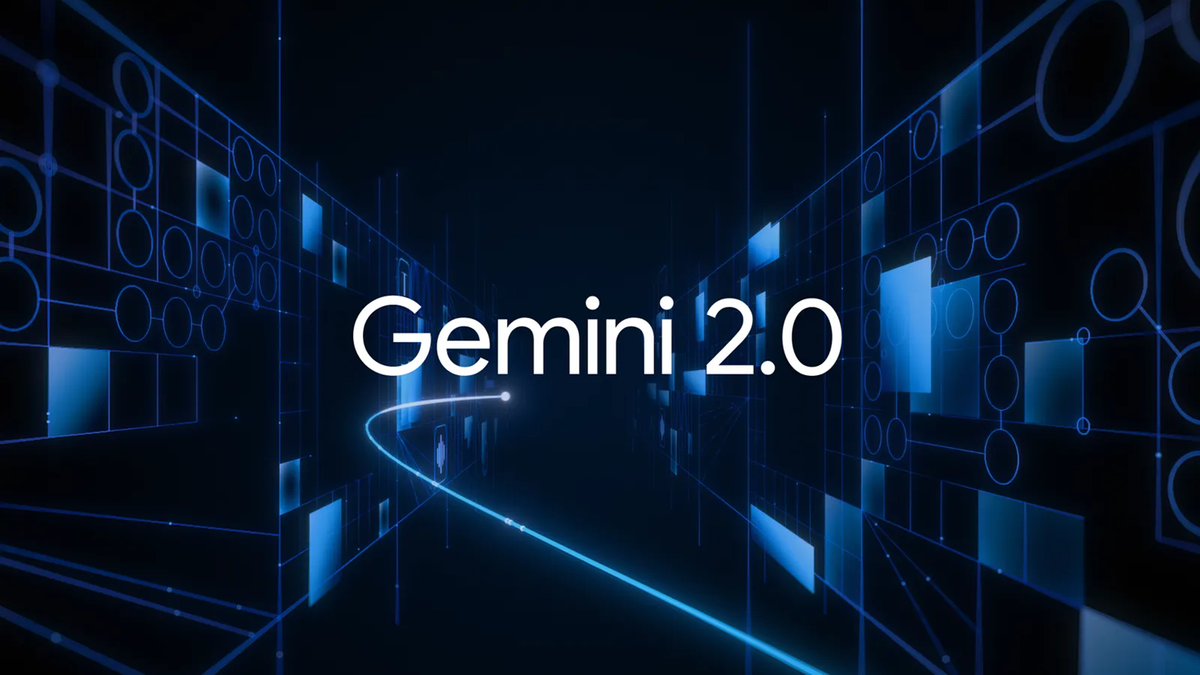Preparing for the future of cybersecurity with next-gen SIEM
Share:
Next-gen SIEM tools are deployed to future-proof cybersecurity operations. When you purchase through links on our site, we may earn an affiliate commission. Here’s how it works. Next-gen SIEM tools are deployed to future-proof cybersecurity operations. Here’s what you need to know.
![[Red padlock open on electric circuits network dark red background]](https://vanilla.futurecdn.net/cyclingnews/media/img/missing-image.svg)
Times change quickly in the ever-evolving cybersecurity space, with threat actors moving fast and organizations working to keep pace. Adversaries are infiltrating organizations quicker than ever before: The average eCrime breakout time — the time it takes adversaries to move laterally after compromising an initial host — dropped to just 62 minutes with the fastest observed breakout time just over two minutes.
![[Lenovo Group Limited simply known as Lenovo logo. is a Chinese multinational technology company specializing in designing, manufacturing, and marketing consumer electronics]](https://vanilla.futurecdn.net/cyclingnews/media/img/missing-image.svg)
This acceleration highlights the critical need for organizations to increase efficiency in their security operations. Many now wonder: Are legacy SIEM tools equipped to handle the change in pace?. As businesses transition to cloud-based systems and adopt new technologies, traditional security information and event management (SIEM) tools often struggle to keep up with the growing volume of data and alerts that accompany a larger, more complex attack surface. This creates inefficiencies that leave organizations vulnerable to breaches. We are seeing businesses turn to next-gen SIEM solutions in an attempt to future-proof against cyber threats and keep critical information secure.
![[TikTok]](https://vanilla.futurecdn.net/cyclingnews/media/img/missing-image.svg)
CTO for EMEA at CrowdStrike. Every second counts in cybersecurity. With the emergence of generative AI, attacks have become more sophisticated, widespread and easier to conduct. Adversaries are now able to create more convincing social engineering campaigns at greater scale, in addition to malicious software, tools, and resources to conduct larger and more effective attacks. This newly gained edge — in both speed and execution — is a stark reminder for security leaders that their security operations center (SOC) must continue evolving to identify and remediate potential threats.
![[A collage image showing Noah Wyle wearing sunglasses in The Pitt, Taylor Kitsch holding a gun in American Primeval and Alan Cumming in The Traitors season 3 ]](https://vanilla.futurecdn.net/cyclingnews/media/img/missing-image.svg)





















